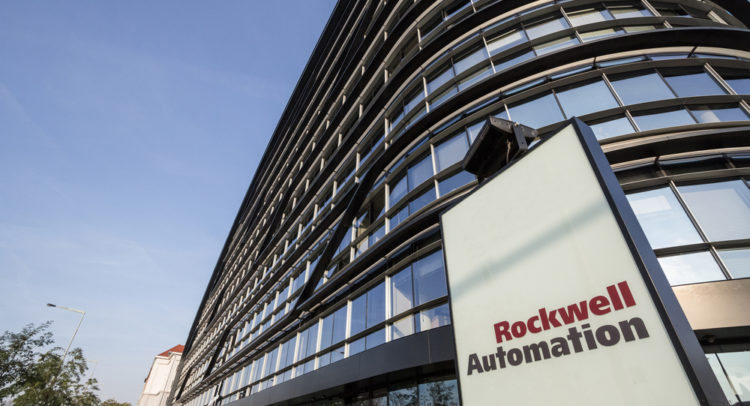Wisconsin-based Rockwell Automation (ROK) provides industrial automation and digital transformation solutions to clients around the world. It recently acquired Plex Systems for $2.2 billion to bolster its cloud-based solutions for the manufacturing market.
Rockwell continues to make strategic acquisitions to expand its business. On the back of the Plex Systems acquisition, it has purchased AVATA to expand its supply-chain services. Previously, Rockwell acquired Fiix, a provider of cloud-based maintenance software solutions.
With this in mind, we used TipRanks to take a look at the latest financial performance and understand the newly added risk factors for Rockwell. (See Insiders’ Hot Stocks on TipRanks)
Q4 Financial Results
Rockwell reported revenue of $1.81 billion for its Fiscal 2021 fourth-quarter ended September 30, against $1.57 billion in the same quarter last year. It posted adjusted EPS of $2.33, compared to $1.93 in the same quarter last year, and beat the consensus estimate of $2.17.
Rockwell ended Q4 with more than $662 million in cash. It plans to distribute a quarterly dividend of $1.12 on December 10. (See Rockwell Automation stock charts on TipRanks).
Risk Factors
According to the new TipRanks Risk Factors tool, Rockwell’s main risk categories are Ability to Sell and Macro and Political, each accounting for 22% of the total 18 risks identified for the stock. The company recently added one new Macro and Political risk factor.
Rockwell tells investors that its credit rating and market conditions affect its access to credit markets and borrowing costs. It cautions that unfavorable changes in market conditions could increase its borrowing costs and reduce its ability to access funding. It also mentions that LIBOR has been the benchmark for determining interest payments under its $1.25 billion revolving credit facility. But LIBOR is set to cease in 2023, which may require amending certain of Rockwell’s credit agreements currently using LIBOR.
In another risk factor, Rockwell informs investors that offering competitive healthcare and retirement benefits is important for attracting and retaining a qualified workforce. However, healthcare and pension benefit funding could be affected by inflation and changes in regulations. Therefore, the company wants investors to know that the cost of funding those benefits may increase and adversely affect its operating results and financial condition.
Rockwell also tells investors that the oil and gas industry is a major source of demand for its products. It cautions that climate change regulations may cause oil and gas companies to reduce spending, which could decrease demand for its products and adversely impact its sales and profitability.
The Ability to Sell risk factor’s sector average is 11% compared to Rockwell’s 22%. The Macro and Political risk factor’s sector average is 14% compared to Rockwell’s 22%. Rockwell’s stock has gained 34% since the beginning of 2021.

Analysts’ Take
Loop Capital analyst Chris Dankert recently initiated coverage of Rockwell stock with a Hold rating and a price target of $315. Dankert’s price target suggests 6.31% downside potential. The analyst sees Rockwell as a pure-play way for investors to get exposure to shop-floor automation as well as the realignment of industrial production. However, Dankert notes that Rockwell has no room for missteps given its high expectations for Fiscal 2022.
Consensus among analysts is a Moderate Buy based on 6 Buys, 5 Holds, and 1 Sell. The average Rockwell Automation price target of $339.58 implies that shares are almost fully-priced at current levels.

Related News:
IBM Acquires Digital Transformation Services Firm SXiQ
Manulife’s Acts of Kindness Program Returns
TD to Fund Newcomer and Refugee Programs









